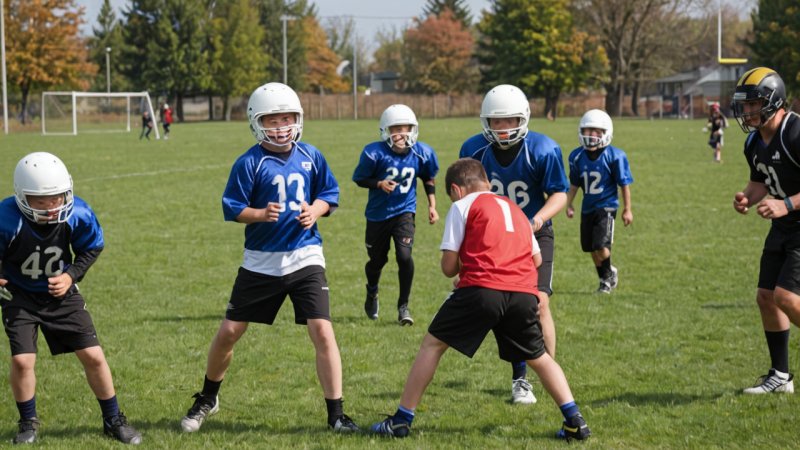In youth football and rugby, the thrill of the game can sometimes overshadow the importance of safety and injury prevention. With young athletes eager to showcase their skills, it’s crucial to implement strategies that prioritize their well-being while allowing them to enjoy the sport. This article will explore essential injury prevention techniques tailored for youth players in these physically demanding sports, ensuring they stay safe and healthy on the field.
1. Proper Warm-Up and Cool Down
A comprehensive warm-up routine is vital for preparing young athletes’ bodies for the physical demands of football and rugby. Dynamic stretches, light jogging, and sport-specific drills help increase blood flow and flexibility, reducing the risk of muscle strains and sprains. After the game, a cool-down phase involving static stretching can aid in muscle recovery and prevent stiffness. Encourage players to spend at least 10-15 minutes on both warm-ups and cool-downs.
2. Emphasize Technique and Fundamentals
Teaching proper tackling and blocking techniques is essential for preventing injuries, particularly in contact sports like football and rugby. Coaches should focus on educating players about body positioning, the importance of keeping their heads up, and using their shoulders instead of their heads during tackles. Regular drills that reinforce these skills can help develop muscle memory and reduce the likelihood of injury during games.
3. Use Appropriate Protective Gear
Proper protective equipment, such as helmets, mouthguards, and padded clothing, plays a crucial role in safeguarding young athletes from injury. Ensure that all players are equipped with gear that fits correctly and meets safety standards. Regularly inspect the equipment for wear and tear, and replace any items that may compromise safety. Additionally, educate players on the importance of wearing their gear at all times during practice and games.
4. Monitor Physical Conditioning
Conditioning is a key factor in injury prevention. Youth athletes should engage in a well-rounded training program that builds strength, endurance, and flexibility. Incorporating exercises that target core stability, leg strength, and cardiovascular fitness can enhance overall performance and reduce injury risk. Coaches should work alongside parents to monitor players’ fitness levels and adjust training regimens accordingly.
5. Promote Hydration and Nutrition
Staying hydrated and maintaining proper nutrition are fundamental aspects of injury prevention. Young athletes should be encouraged to drink plenty of water before, during, and after games and practices. Additionally, a balanced diet rich in protein, carbohydrates, and healthy fats will provide the necessary energy for optimal performance. Educate players about the importance of fueling their bodies correctly to enhance recovery and reduce fatigue-related injuries.
In conclusion, prioritizing injury prevention strategies is essential for the safety and well-being of youth football and rugby players. By implementing proper warm-up and cool-down routines, emphasizing technique and fundamentals, ensuring the use of appropriate protective gear, monitoring physical conditioning, and promoting hydration and nutrition, coaches and parents can create a safer playing environment. These strategies not only help young athletes perform at their best but also encourage a lifelong love for sports.






